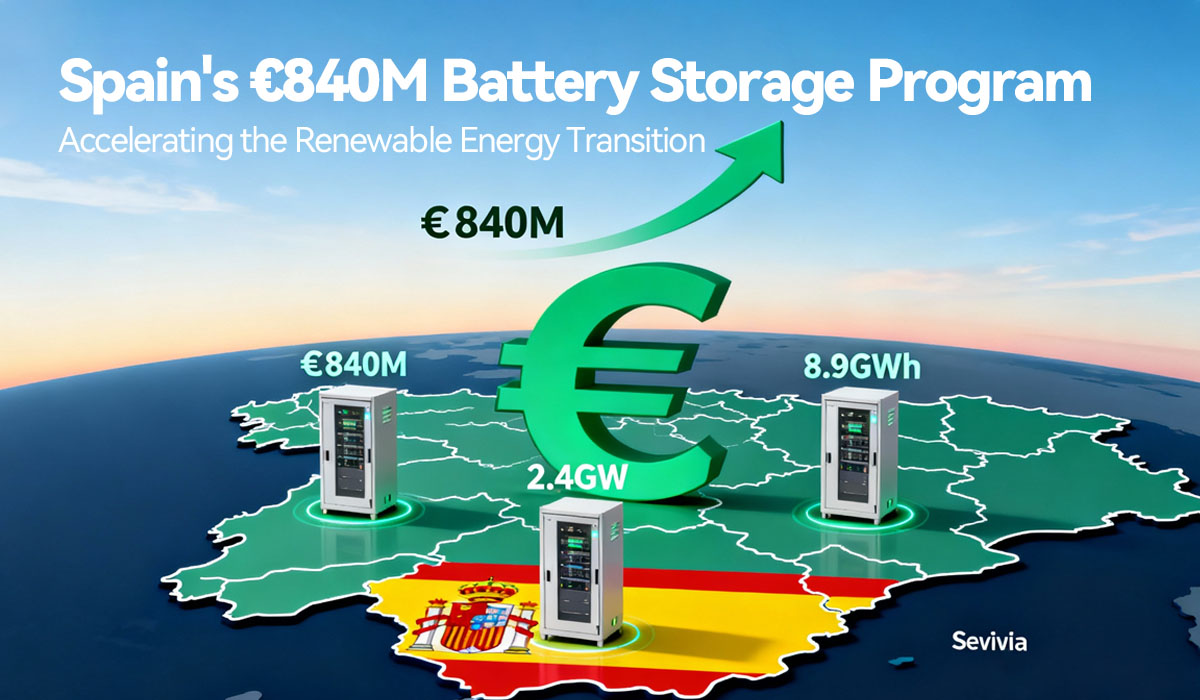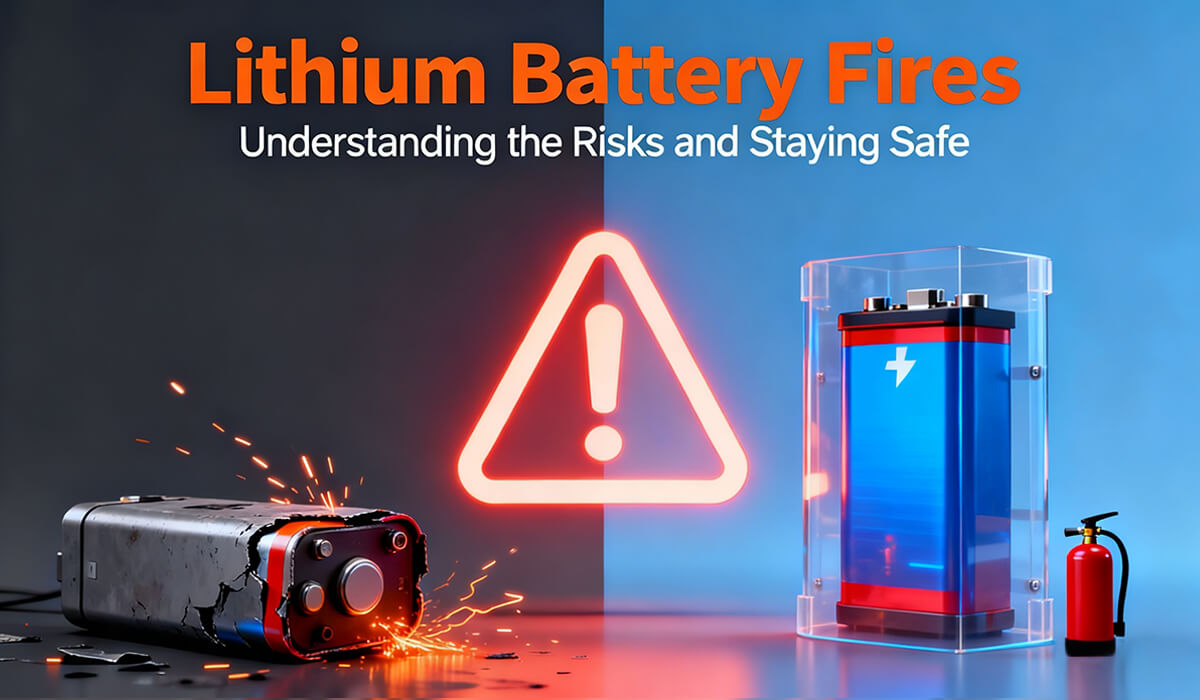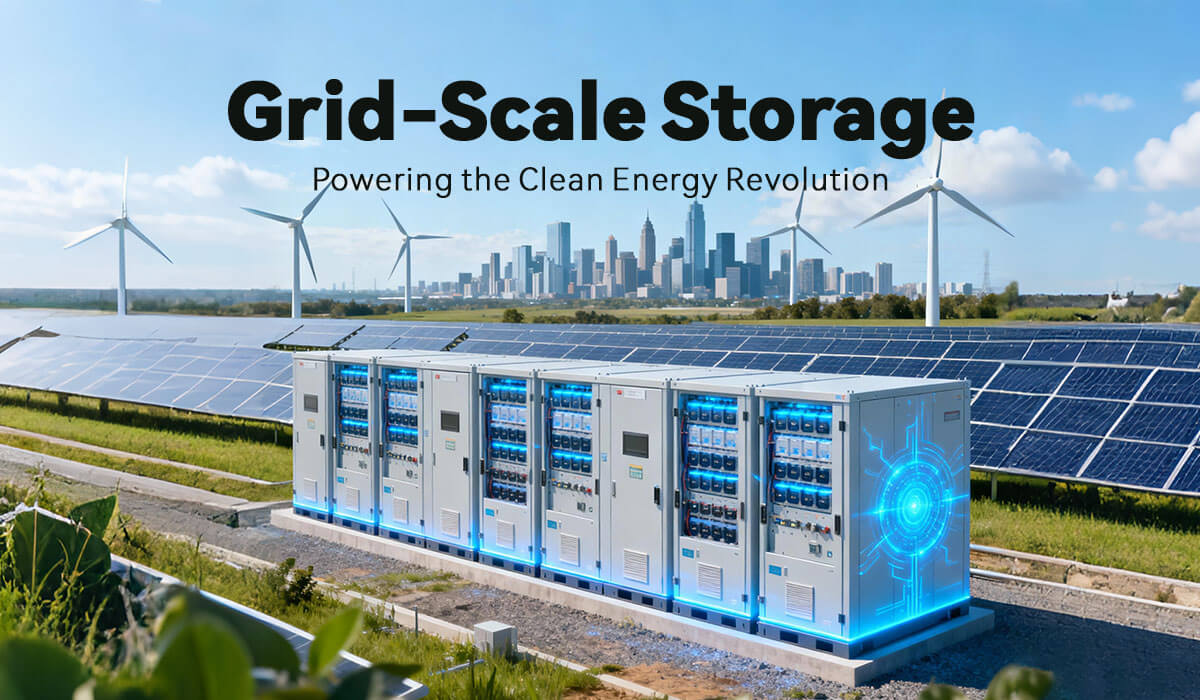What Is Grid Modernization? Building the Smart Grid of the Future
What Is Grid Modernization? Building the Smart Grid of the Future
Welcome to the world of grid modernization – where century-old power systems meet cutting-edge technology! As energy experts who have worked on grid modernization projects worldwide, we’re excited to guide you through this transformative journey that’s reshaping how we power our communities. Let’s explore what grid modernization truly means and why it matters for our energy future.
An Introduction to Grid Modernization
Understanding the Basics
So, what is grid modernization? In simple terms, it’s the comprehensive upgrade of our electrical infrastructure from a centralized, one-way system to a dynamic, intelligent network. Think of it as transforming an old highway system into a smart transportation network with real-time traffic management and multiple route options.
The core concept behind what is grid modernization involves:
- Digitalizing century-old electromechanical systems
- Creating two-way power flows
- Enabling real-time monitoring and control
- Integrating diverse energy resources
Power Grid Modernization and Its Critical Importance
Why We Can’t Afford to Wait
The critical importance of power grid modernization becomes clear when we examine our current challenges:
Aging Infrastructure: Most grid components are 50+ years old
Increasing Demand: Electric vehicle adoption and digitalization are driving unprecedented load growth
Climate Resilience: Extreme weather events require tougher, smarter grids
Cyber Security: Digital threats demand advanced protection systems
The Stakes Are High
When we discuss what is grid modernization‘s importance, consider this: without modernization, we face:
- More frequent and longer power outages
- Limited renewable energy integration
- Higher electricity costs
- Slower clean energy transition
The Crucial Role of Technology in Grid Transformation
Digital Foundation
Modern grid modernization solutions rely on advanced technologies:
Advanced Sensors – Thousands of devices providing real-time grid visibility
Communication Networks – High-speed data transfer across the system
Control Systems – Intelligent devices that can automatically respond to grid conditions
Data Analytics – AI and machine learning processing massive data streams
Key Technological Pillars
Understanding what is grid modernization technologically means recognizing these core components:
| Technology | Function | Impact |
|---|---|---|
| Phasor Measurement Units | Micro-second grid monitoring | Enables real-time stability management |
| Advanced Metering Infrastructure | Two-way customer communication | Provides usage data and outage information |
| Distribution Automation | Self-healing grid capabilities | Reduces outage duration by 70%+ |
| Grid Modernization Software | System optimization and planning | Improves decision-making and efficiency |
Leveraging Smart Grid Technologies
The Intelligent Grid Revolution
Smart grid technologies represent the heart of grid modernization, featuring:
Self-Healing Capabilities
- Automatic fault detection and isolation
- Rapid power restoration
- Reduced outage times and costs
Enhanced Monitoring
- Real-time performance tracking
- Predictive maintenance alerts
- Optimized asset management
Consumer Empowerment
- Time-based pricing options
- Usage monitoring and control
- Integration of customer-owned resources
Integrating Renewable Energy Sources
Overcoming Intermittency Challenges
Grid modernization enables higher renewable penetration through:
Advanced Forecasting
- Weather-predictive models for solar and wind output
- Machine learning algorithms for demand prediction
- Real-time adjustment capabilities
Flexible Operations
- Dynamic voltage and frequency control
- Rapid response to generation changes
- Coordinated multi-resource management
Success Stories
Utilities implementing grid modernization strategy for renewables have achieved:
- 50%+ renewable energy integration in some markets
- Significant reduction in curtailment
- Improved grid stability despite variable generation
Incorporating Energy Storage Systems
The Game Changer
Energy storage systems are revolutionizing what is grid modernization capable of achieving:
Grid Services Enhancement
- Frequency regulation and voltage support
- Black start capability
- Peak demand reduction
Renewable Optimization
- Solar and wind output smoothing
- Time-shifting renewable generation
- Reducing curtailment
Storage Applications
Modern grid modernization solutions utilize storage for:
- Short-duration: Seconds to minutes for frequency regulation
- Medium-duration: 2-6 hours for peak shaving
- Long-duration: 8+ hours for renewable firming
The Benefits of a Modernized Grid
Economic Advantages
Companies offering grid modernization services consistently report:
Cost Savings
- Reduced operational expenses through automation
- Lower maintenance costs via predictive analytics
- Deferred capital investment through optimization
Economic Growth
- Job creation in technology and installation
- Business attraction through reliable power
- Innovation ecosystem development
Reliability Improvements
The benefits of understanding what is grid modernization include:
Outage Reduction
- Some utilities report 50% fewer outages
- 70% faster restoration times
- Predictive outage prevention
Power Quality
- Consistent voltage levels
- Reduced frequency variations
- Higher service quality for sensitive equipment
Environmental Impact
Grid modernization companies highlight sustainability benefits:
Emissions Reduction
- Enabled renewable integration
- Optimized fossil fuel plant operation
- Reduced line losses
Resource Efficiency
- Better utilization of existing assets
- Reduced need for new infrastructure
- Optimized energy flows
Working Toward a Sustainable and Efficient Future
Long-term Vision
The ultimate goal of electric grid modernization is creating a system that’s:
Resilient: Withstanding and rapidly recovering from disruptions
Sustainable: Supporting clean energy goals and reducing environmental impact
Efficient: Maximizing value from every infrastructure dollar
Inclusive: Providing benefits to all customers and communities
Measurable Progress
Utilities implementing comprehensive grid modernization strategy have demonstrated:
- 30% improvement in asset utilization
- 40% reduction in storm restoration costs
- 60% increase in renewable hosting capacity
- 25% decrease in operational maintenance costs
Facing the Challenges of Grid Modernization
Technical Hurdles
Grid modernization solutions must address:
Legacy System Integration
- Compatibility with existing infrastructure
- Phased implementation approaches
- Workforce training and transition
Cybersecurity
- Protecting increasingly digital systems
- Ensuring data privacy
- Maintaining system integrity
Regulatory and Financial Barriers
Understanding what is grid modernization‘s challenges means recognizing:
Regulatory Frameworks
- Outdated rate structures
- Slow approval processes
- Uncertain cost recovery mechanisms
Funding Requirements
- Significant upfront investment needs
- Long payback periods
- Budget constraints and competing priorities
Strategies for Grid Modernization Projects
Phased Implementation
Successful grid modernization services typically follow:
Assessment Phase
- Current state evaluation
- Gap analysis
- Stakeholder engagement
Planning Phase
- Roadmap development
- Technology selection
- Business case formulation
Execution Phase
- Phased implementation
- Continuous optimization
- Performance monitoring
Key Success Factors
Leading grid modernization companies emphasize:
Stakeholder Engagement
- Customer education and involvement
- Regulatory collaboration
- Community partnership
Technology Selection
- Proven solutions with scalability
- Interoperability standards
- Future-proof architecture
The Path Toward an Advanced Grid
Implementation Roadmap
The journey of electric grid modernization typically progresses through:
Stage 1: Foundation Building (Years 1-3)
- Advanced metering infrastructure
- Basic communication networks
- Initial automation systems
Stage 2: System Integration (Years 3-7)
- Distribution automation expansion
- Renewable integration platforms
- Advanced analytics implementation
Stage 3: Optimization (Years 7-10+)
- Full system optimization
- AI-driven operations
- Customer resource integration
Future Outlook
The evolution of what is grid modernization continues with emerging trends:
- Quantum computing for grid optimization
- Blockchain for energy transactions
- Advanced materials for grid components
- Next-generation power electronics
The Essential Work of Grid Modernization
Why It Matters Now
As one industry leader told us: “Grid modernization isn’t just about keeping the lights on – it’s about powering our digital economy, enabling our clean energy future, and ensuring energy equity for all communities.”
The work of grid modernization represents one of the most significant infrastructure transformations in history, touching every aspect of our energy system:
For Utilities: Opportunity to enhance service and create new value streams
For Customers: Better reliability, more choices, and potential cost savings
For Society: Cleaner energy, economic growth, and climate progress
Getting Involved
Whether you’re a utility professional, policymaker, or concerned citizen, understanding what is grid modernization is the first step toward participating in building our energy future.
Ready to learn how grid modernization solutions can benefit your community or organization? Contact our experts to discuss implementation strategies and emerging opportunities in smart grid development.






